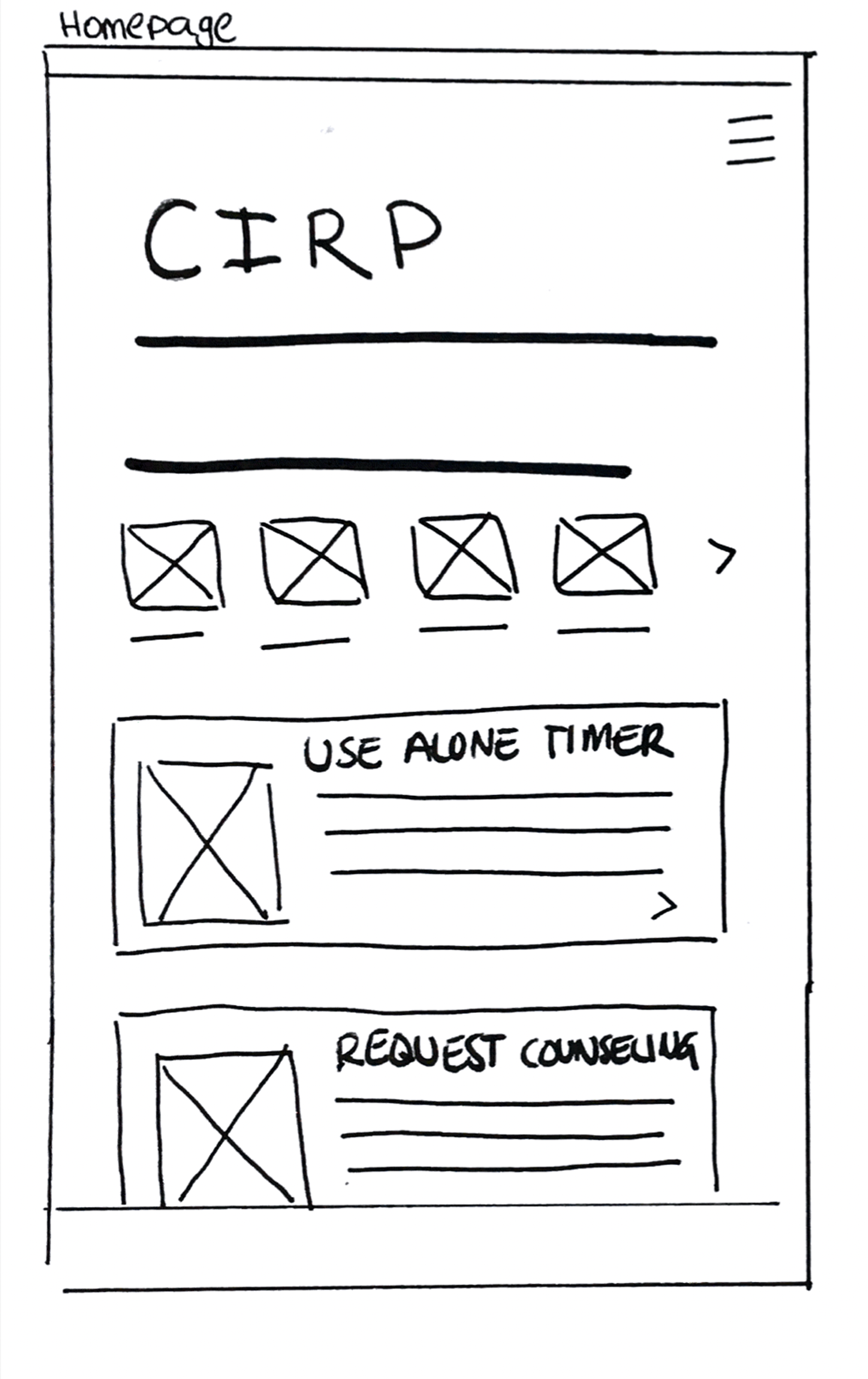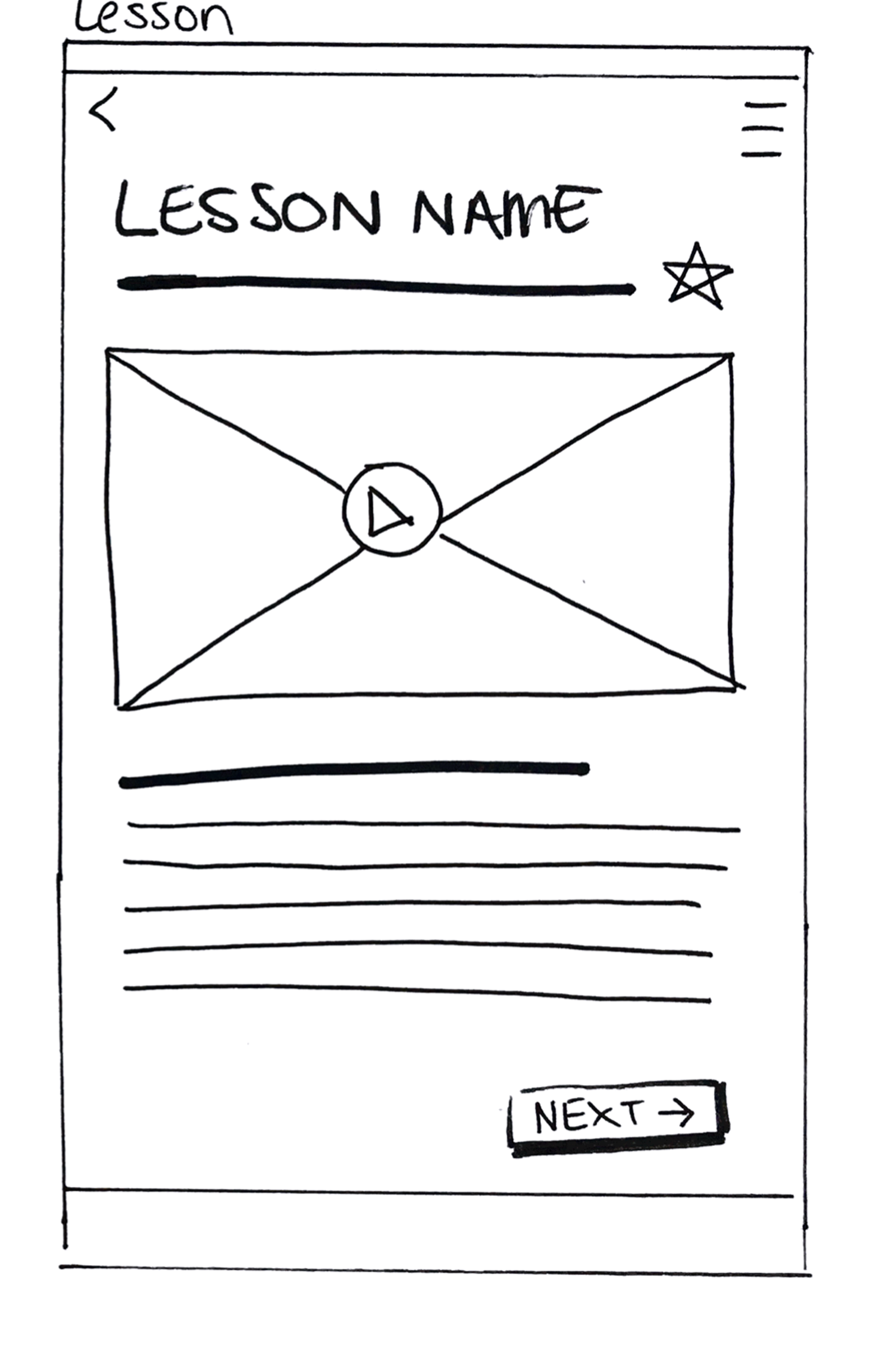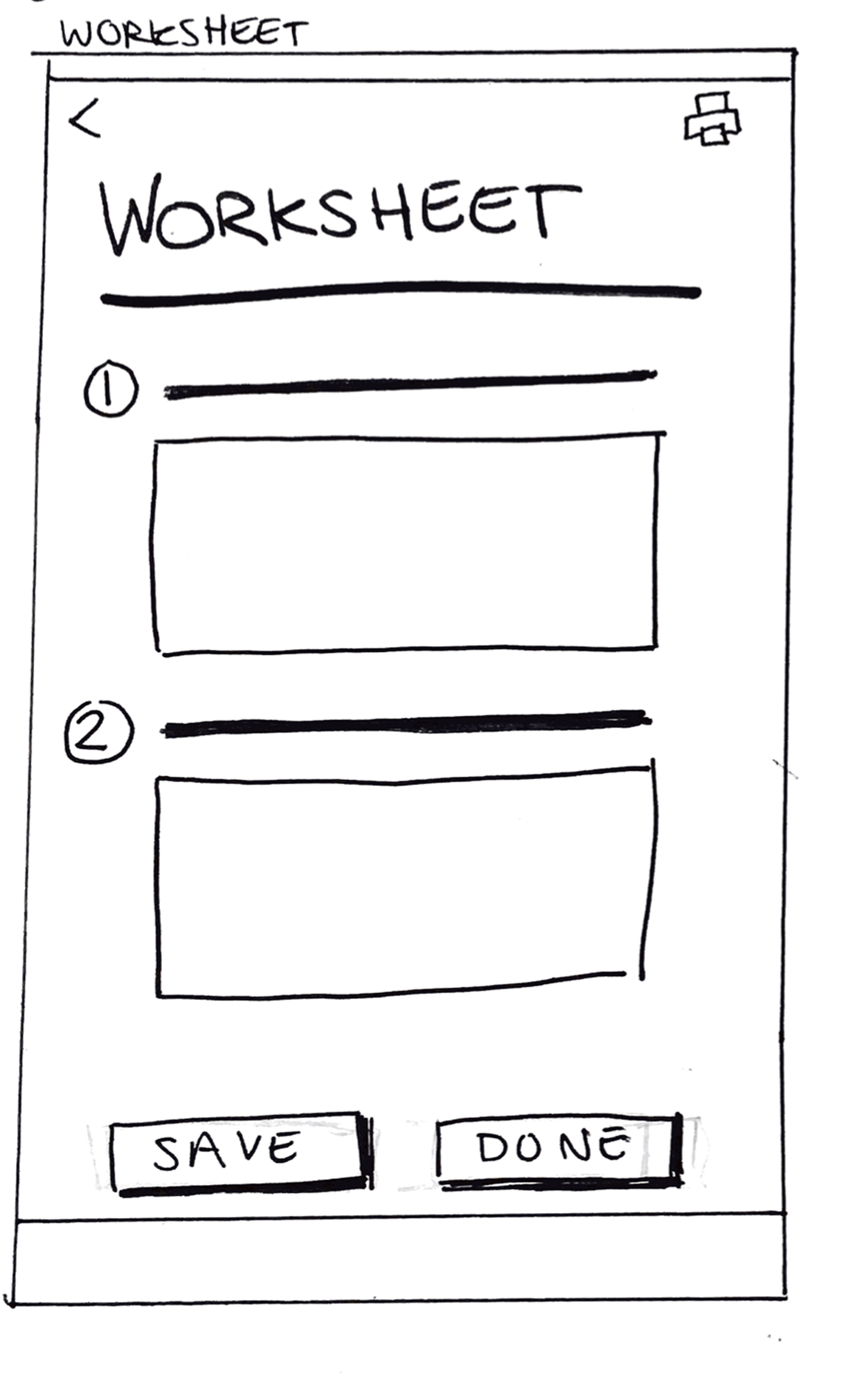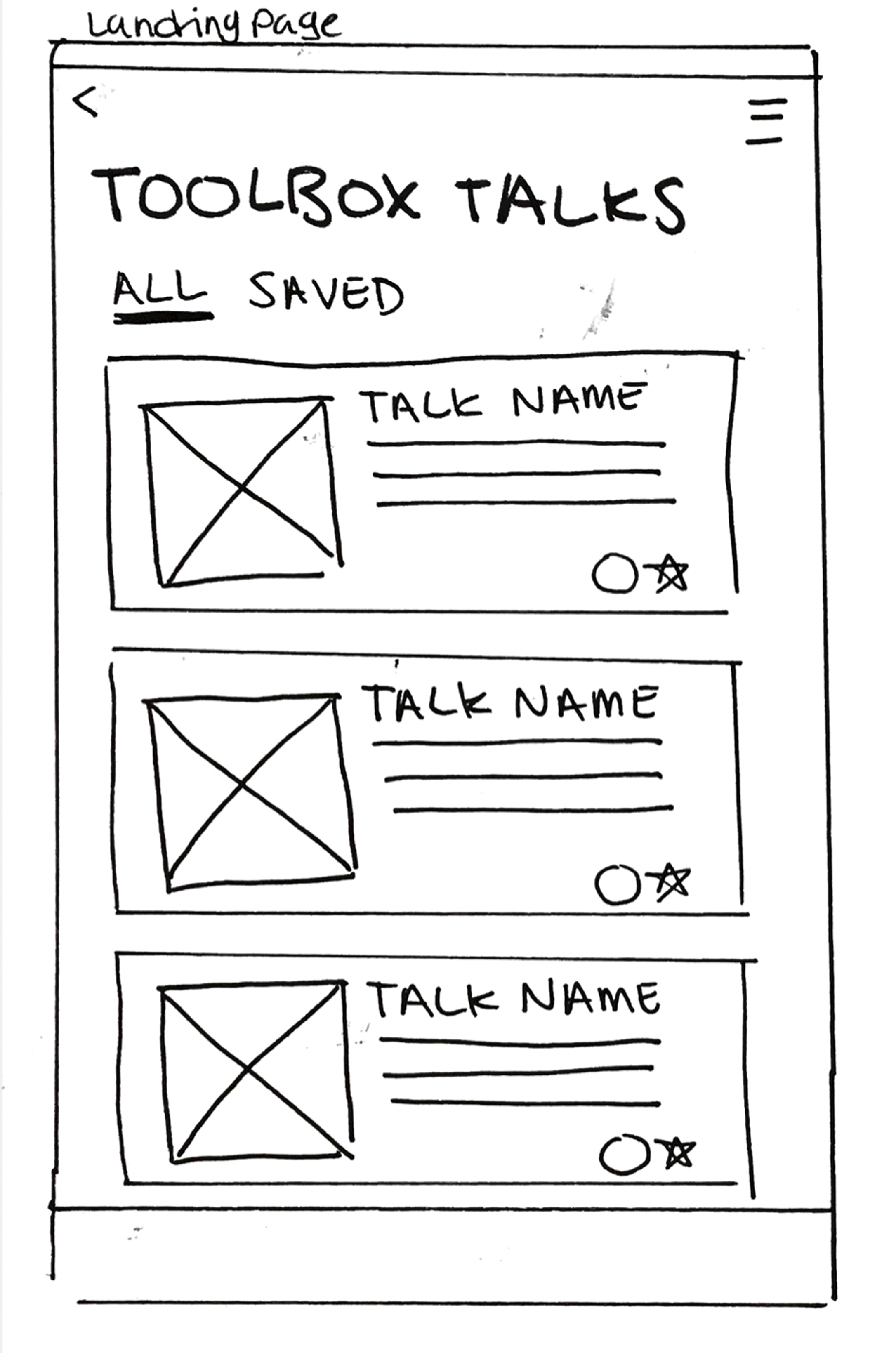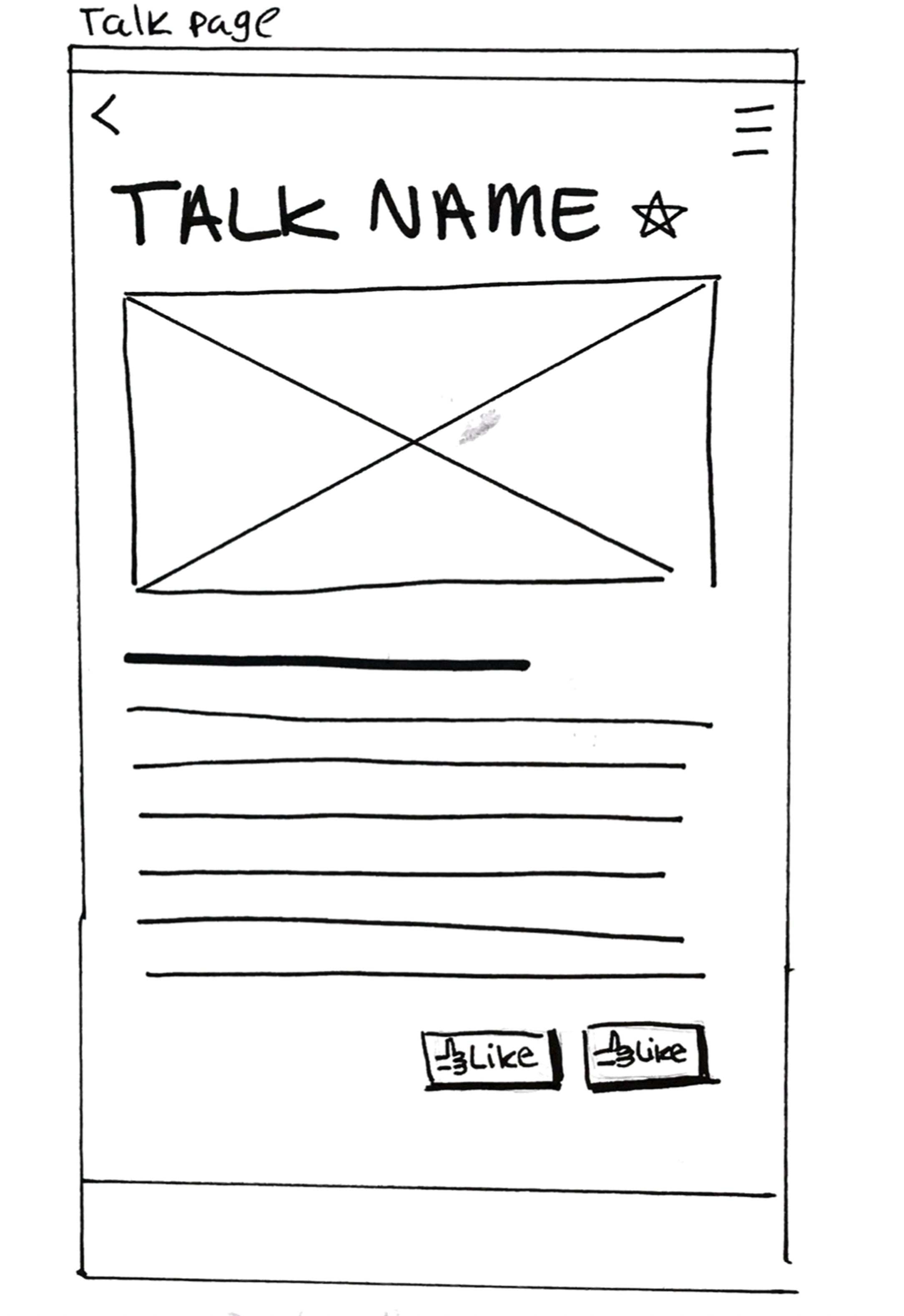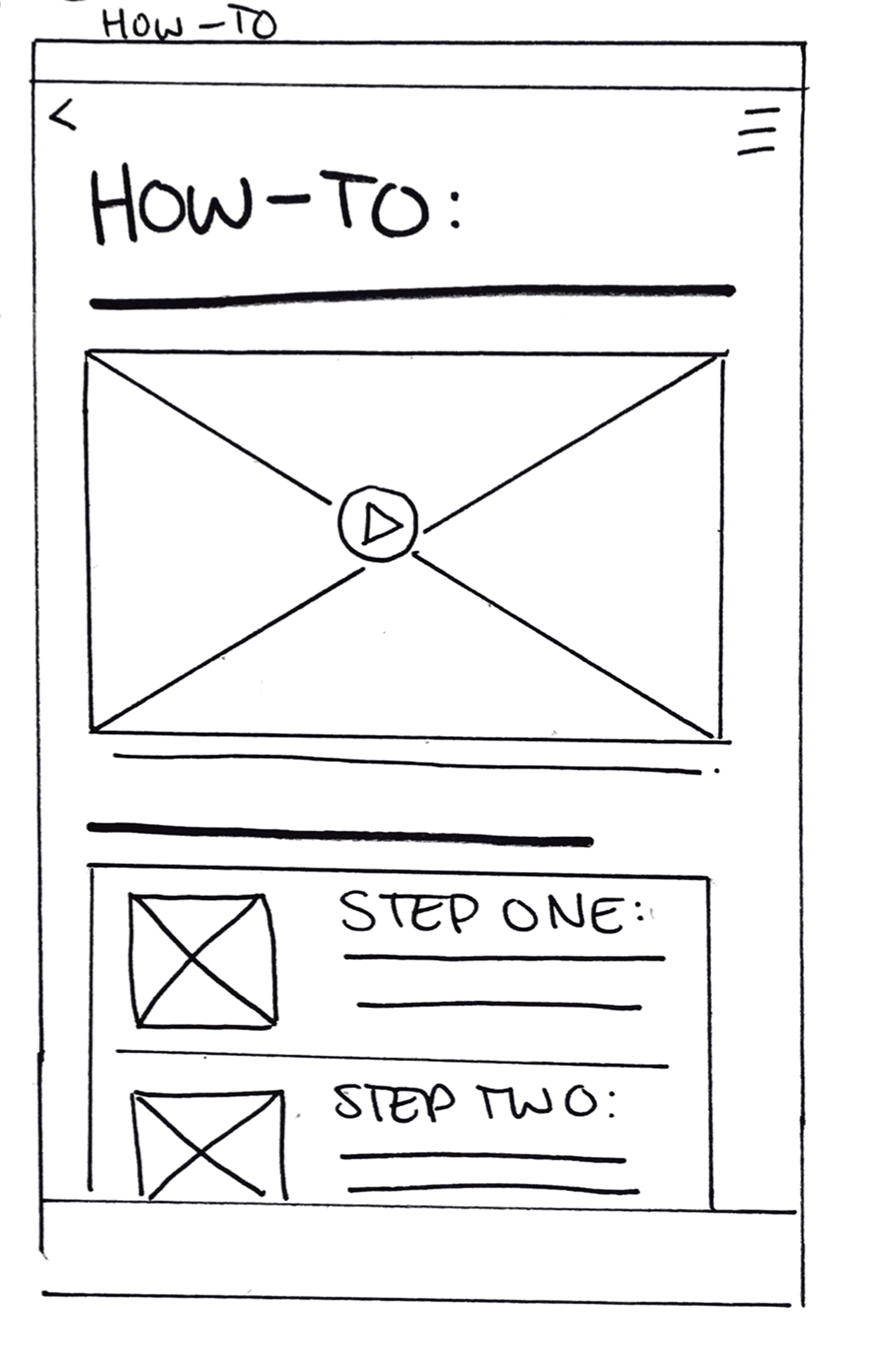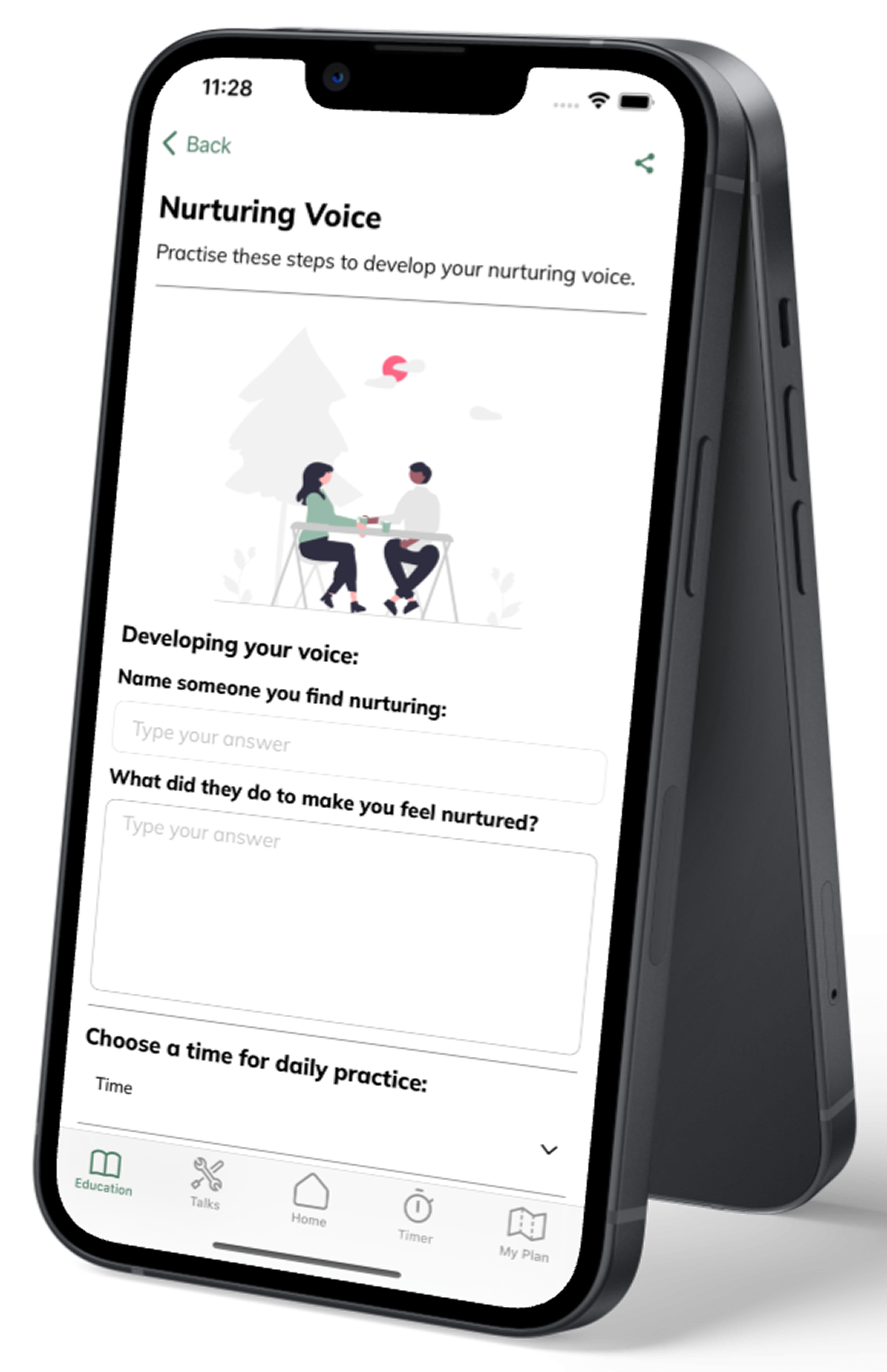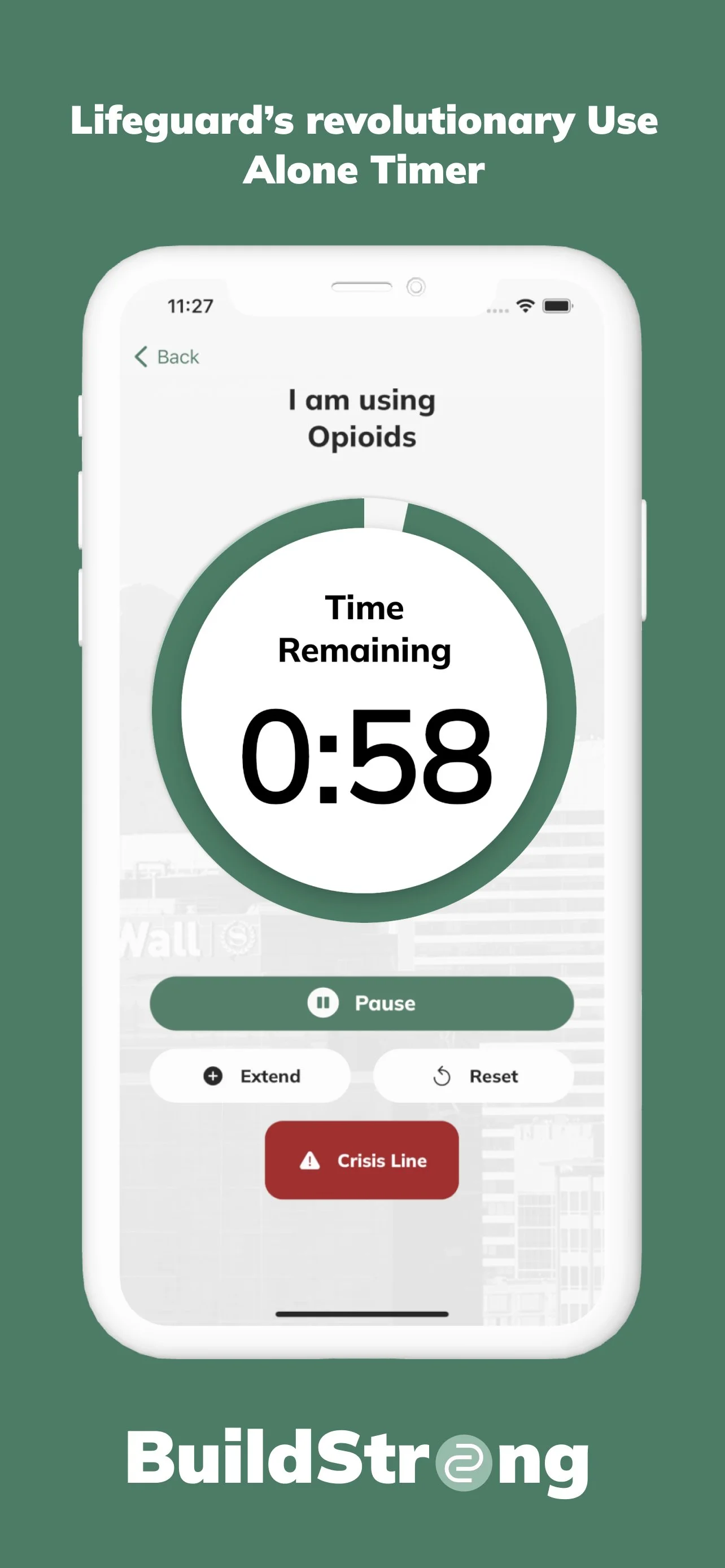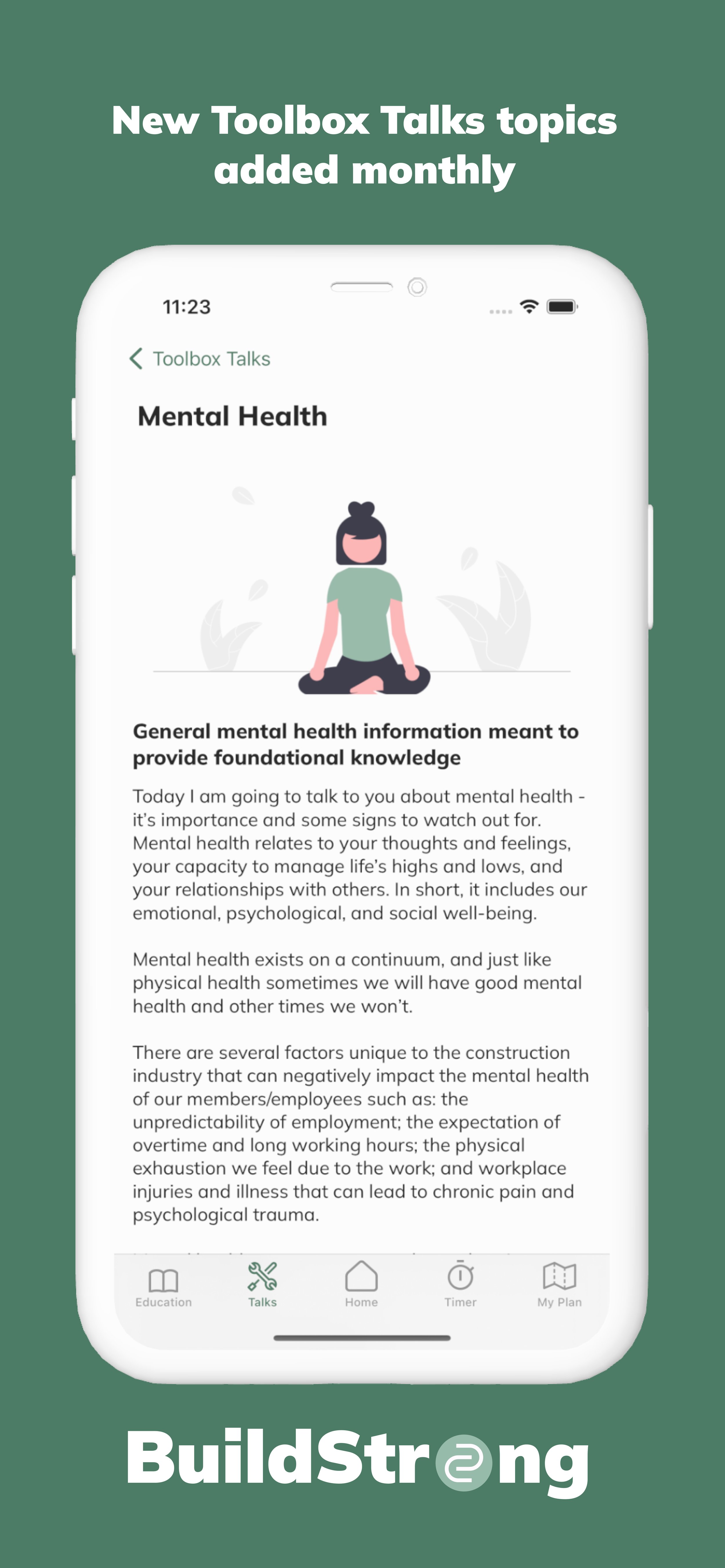
BuildStrong
BuildStrong puts resources directly in the hands of construction workers. It provides access to substance use resources, improves your mental health, and helps you discover all the resources available to members of the Construction Industry Rehabilitation Plan (CIRP).
As the sole UX Researcher and Designer on this project, I led the end-to-end process— from scope management, to user interviews, to journey mapping, to branding, to creating a scalable design system and more.
Client
Construction Industry Rehabilitation Plan (CIRP)
Tools
Figma, FigJam, Jira, Google Forms
Role
UX Research, UI Design
Team
4 developers, 1 data scientist,
1 product manager

PROBLEM SPACE
First, construction tends to be male-dominated when compared to other sectors and data from the province shows the majority of overdose deaths are men. Second, construction can be a physically demanding career with lots of injuries. Finally, you have a culture that stigmatizes men who admit they are in physical or emotional pain. Mix in a critical shortage of workers and pressure to get back to work and you have an industry heavily represented in overdose deaths.
The BuildStrong app needed to:
Provide harm reduction resources that are easy to access, confidential, and non-judgmental.
Offer mental health support in a format that resonates with the target audience—construction workers who may not traditionally engage with digital health tools.
Create a safe, supportive community where workers can share experiences and access help without feeling vulnerable or stigmatized.
Ensure the app is highly usable, especially given the mobile environment (e.g., construction workers on job sites).
What’s going on with the mental health of unionized construction workers?
WHAT WERE END USERS FEELING?
I conducted user interviews and a series of focus groups with construction workers from different trade unions to gain insights into their mental health and substance use behaviors, as well as their needs and expectations for the app. Key findings included:
-
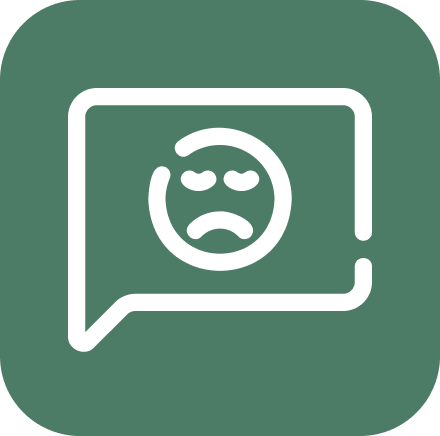
Stigma around seeking help
Many workers expressed reluctance to talk about mental health issues, particularly in the workplace, due to the perceived stigma around vulnerability.
-

Lack of awareness
Many workers had limited knowledge of harm reduction strategies or what mental health resources were available to them.
-

Limited time
Workers need tools that are quick, accessible, and can be used during breaks or on the job site, without requiring long interactions.

How might we empower Canadian construction workers to pursue mental health programming in order to improve their wellness, and prevent crisis and overdose?

UNDERSTANDING THE USER
“It’s really hard to prove yourself. Especially with the old school people, they make it really tough.”
- Stephen, 32
Pain Points
Has become reliant on pain medication after injuries, and continues to use them to push through long days
Afraid of feeling alienated/isolated from coworkers who have been party partners for years
Goals
Doesn’t want to stop drinking, just thinks he could ‘take it easy on the pills,’ and isn’t quick to trust a counsellor
Remain anonymous to avoid facing stigmatization of substance use, and emotions being seen as overly feminine at work

IDEATION & ITERATION
User Flow & Information Architecture
To ensure ease of use, I created user flows that simplified the process for workers to access the features they would use most often. The goal was to create a highly usable app, with minimal clicks to access essential features like resources, progress tracking, and mental health support.
The app’s information architecture was built to prioritize:
Quick access to resources (use alone timer, harm reduction service finder, mental health exercises, stress-relief techniques).
Privacy and confidentiality—ensuring that all interactions felt safe and discrete.
Simple tracking tools that allowed users to log their substance use or mental health status without feeling overwhelmed.
LO FI SKETCHES
I created interactive prototypes in Figma to simulate the user flow. I conducted several rounds of usability testing with construction workers. Key takeaways included:
Minimal Design: Workers appreciated a clean design with easy navigation and limited text. They wanted a tool that could quickly offer solutions without requiring much interaction.
Privacy & Anonymity: The privacy settings were a significant concern, with workers requesting an app where their personal data wasn’t linked to their workplace records.
Motivational Features: Workers responded positively to goal setting, achievement tracking, and reminders, especially when paired with encouraging messages about progress.
USER TESTING

DESIGN SOLUTION
BuildStrong
BuildStrong is a digital health tool designed specifically to support the mental health and well-being of construction workers, providing them with the resources, tools, and support they need to address substance use and mental health challenges.
Through a combination of empathy-driven design, practical tools, and strong privacy protections, the app has the potential to significantly improve workers’ lives while also supporting safer, healthier workplaces in the construction industry.
BuildStrong Final Design

IMPACT & FUTURE THINKING
Impact
Higher Worker Satisfaction: 85% of users felt the app was easy to use and would recommend it to a colleague, citing the app’s simplicity and the non-judgmental tone as key reasons for engagement.
Improved Mental Health Access: 50% of users reported using the mental health resources in the app, many for the first time, indicating that the app helped break down barriers to seeking help.
Positive Feedback from Unions: Union representatives reported that workers felt more comfortable using the app because it maintained a balance of privacy, professionalism, and empathy.
Increased Engagement: After launch, 70% of active users engaged with the progress tracking and goal-setting features, showing that workers were motivated by tangible progress in their recovery and wellness journey.
What’s Next?
-
This project taught me a lot about designing for a specific and often underserved user group. Construction workers face unique challenges, and the stigma around mental health and substance use can make it difficult for them to seek help. By focusing on accessibility, privacy, and simplicity, I was able to design an app that respected these challenges while providing much-needed support.
-
For future iterations, I would consider adding more interactive features such as a real-time support chat or virtual group meetings for peer-to-peer support. I would also like to explore deeper integrations with workplace wellness programs and local healthcare providers.
-
As harm reduction services grow in Canada, so will business interests and opportunities. As a user experience designer and product team member, it will continue to be of the utmost importance to advocate for and empathize with the end-users’ needs, and center them in service and product design. Finding creative ways to meet business goals without compromising safety will foster exciting collaboration opportunities.
Let’s work together!
Like what you see? I’d love to hear from you!
I’m currently looking to join a creative team.
stpelka@gmail.com
(519) 903-8555



